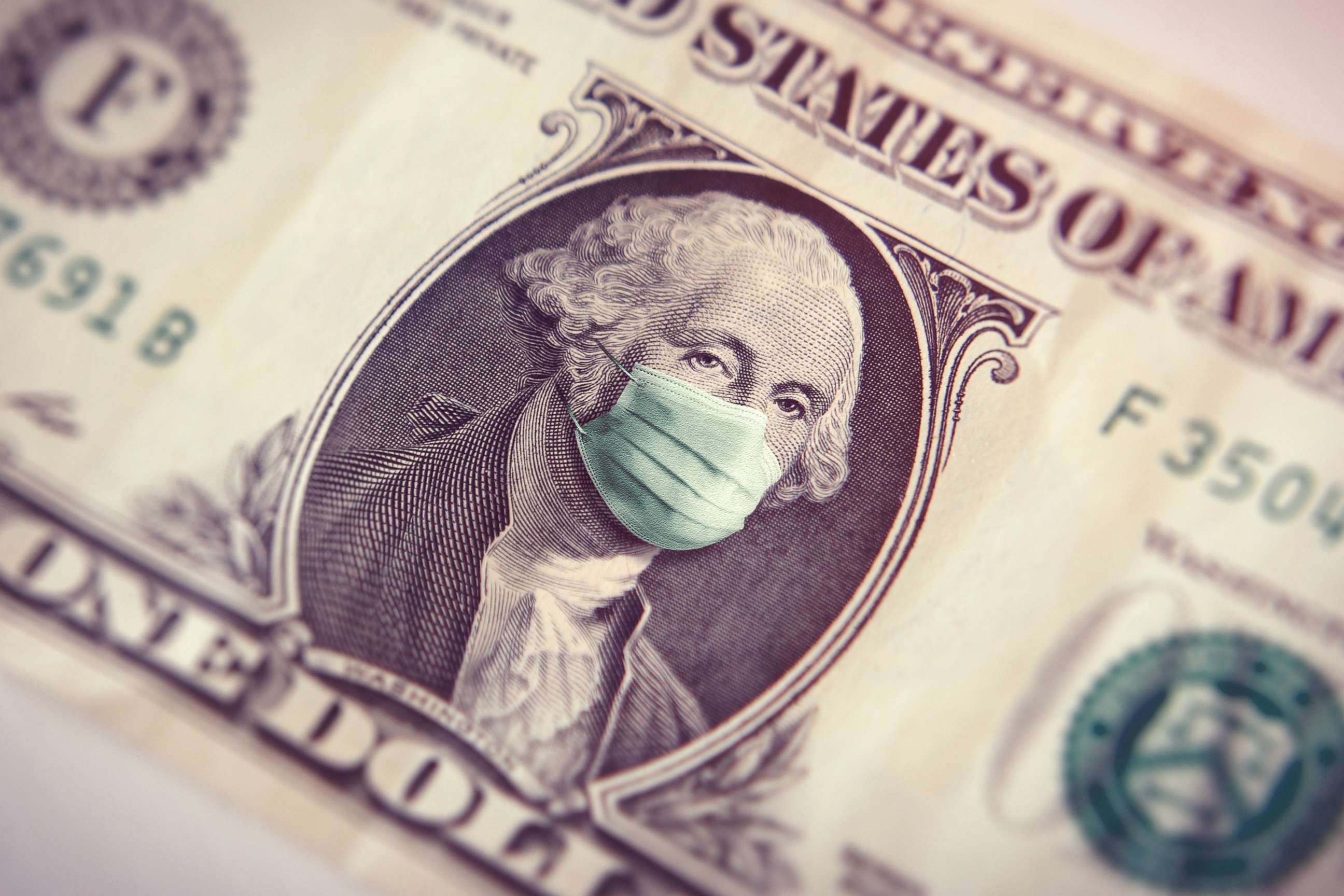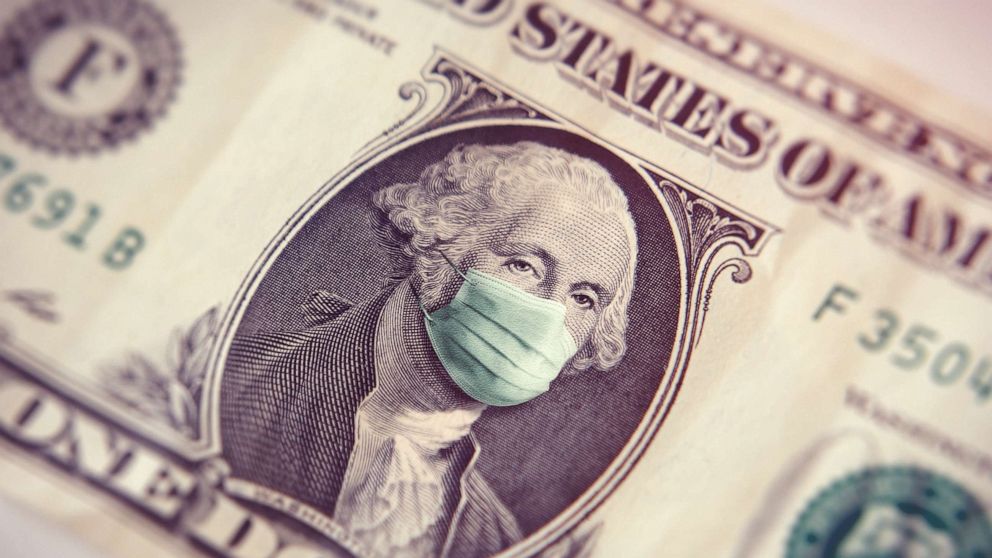The latest on who could receive $1,400 payments and when

The $1,400 pandemic relief payments that President Joe Biden advocated for are one baby step closer to reaching Americans in need.
The House Ways and Means Committee on Thursday evening voted to advance a large chunk of Biden's proposed $1.9 trillion pandemic aid package -- including the portion that would provide direct payments of $1,400 to most Americans. Here is the latest on what to know about the next round of stimulus checks.

Who could receive the $1,400 payments?
Many elements of the latest relief bill remain in flux as lawmakers mull over income thresholds.
The most recent version of the bill advanced by the Ways and Means Committee Thursday provides a $1,400 refundable tax credit that would go to individuals who made up to $75,000 and phase out completely when an individual's income level reaches $100,000. For joint filers, this payment could be up to $2,800 and would phase out between $150,000 and $200,000.
The Treasury is directed to issue this credit as an advanced payment based on 2019 or 2020 tax returns and the department is asked to conduct outreach to non-filers to inform them how to file for their advance payment, according to the committee.
"Over the last two days, the Ways and Means Committee has considered aggressive, science-based solutions that will deliver the urgent relief our country so desperately needs," Committee Chairman Richard Neal, D-Mass., said in a statement Thursday evening applauding the group for advancing portions of the aid package. "From unemployment benefits to health care affordability, the work we’ve done is substantial, and it is exactly what the American people have been calling on us to do to meet this moment."
The Ways and Means Committee's advancement of the bill, however, is just one of many hurdles it has to pass before becoming law.
The income thresholds have been at the center of a heated debate as Republicans push for targeted aid to lower-income individuals and Democrats urge for widespread relief that at least goes to working families at the same income thresholds in the previous round of relief checks.
Earlier this week, White House Press Secretary Jen Psaki said that discussions over the $1,400 checks remain ongoing but that President Biden would be unlikely to support any income threshold lower than $60,000.
"So his view is that a nurse, a teacher, a firefighter, who's making $60,000 shouldn't be left without any support or relief either. It's just a question of sort of where the scale-up looks like -- what it looks like in a final package, but it's still being negotiated at this point in time," Psaki said.
When pressed on Vermont Sen. Bernie Sander's assessment that it would be "absurd" to lower the threshold on who should receive the $1,400 checks, Psaki declined to answer, but said that once a threshold was found they would be glad to have the discussion.
When can people expect to see the checks?
House Speaker Nancy Pelosi, D-Calif, gave an estimated timeline on the status of the relief bill during her weekly press conference Thursday.
"We hope to finish our markups in committee this week and then send it to the budget committee next week for them to work their will on it, then to the rules committee, and then to the floor, and we hope to have this all done by the end of February," Pelosi said.
She added that they are aiming to have it "on the president's desk in time to offset the March 14 deadline when some unemployment benefits will expire."
When pressed, she doubled down, reiterating that the plan is to "have it passed by the end of February, so we can send it to the president's desk before the unemployment benefits expire."
If the bill is signed into law around March 14, most Americans who are eligible can likely expect to see their checks by the end of March.
It took approximately two weeks for direct deposits to roll out to Americans during the first round of relief through the CARES Act last March, though the wait was much longer for those who didn't file taxes or opted for another option to receive the relief -- such as via a mailed check.
During the second round of pandemic aid that included $600 checks for most Americans and was signed into law at the end of December, however, many received their payments quicker than in the past spring as the infrastructure was largely in place already to get the money out.




